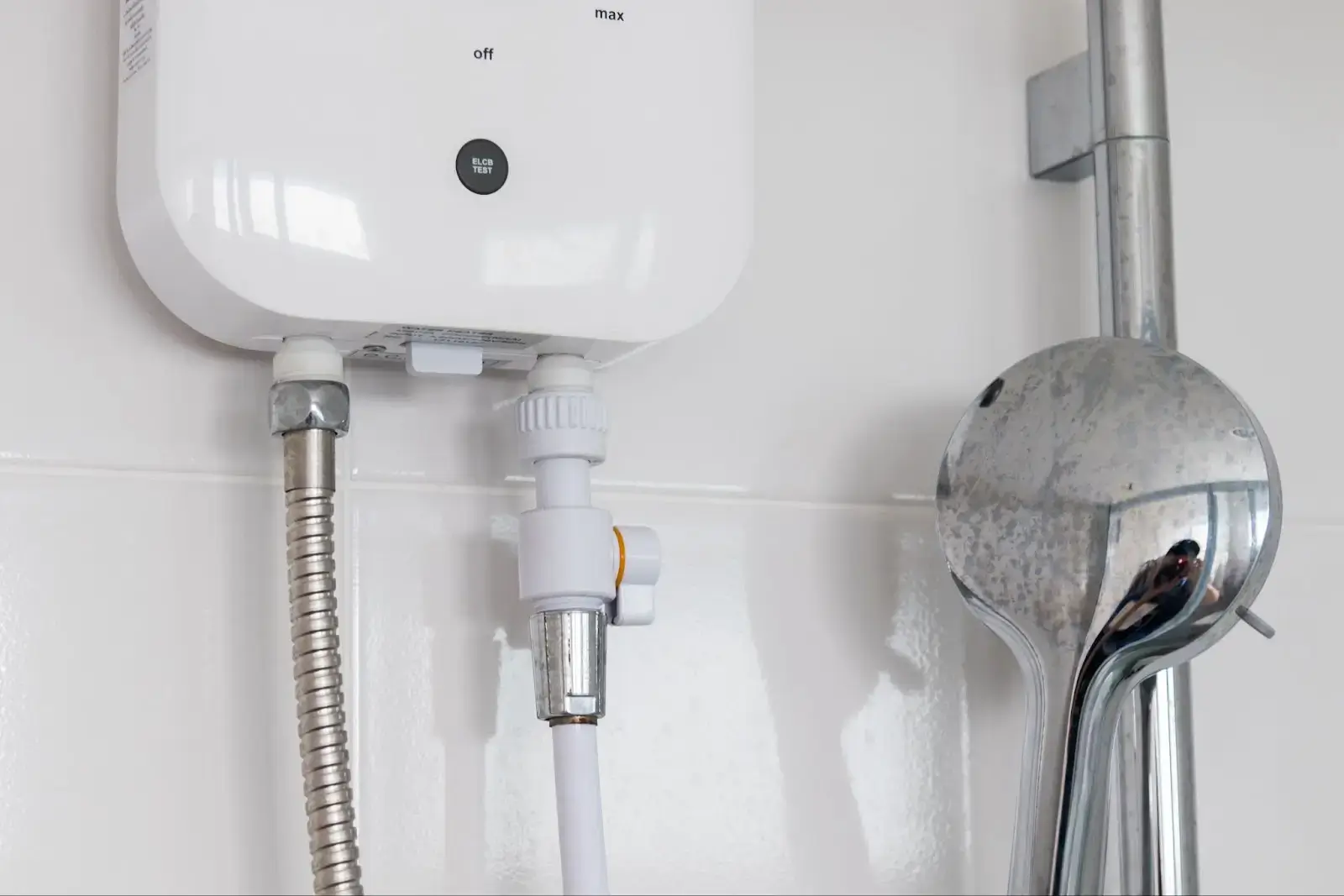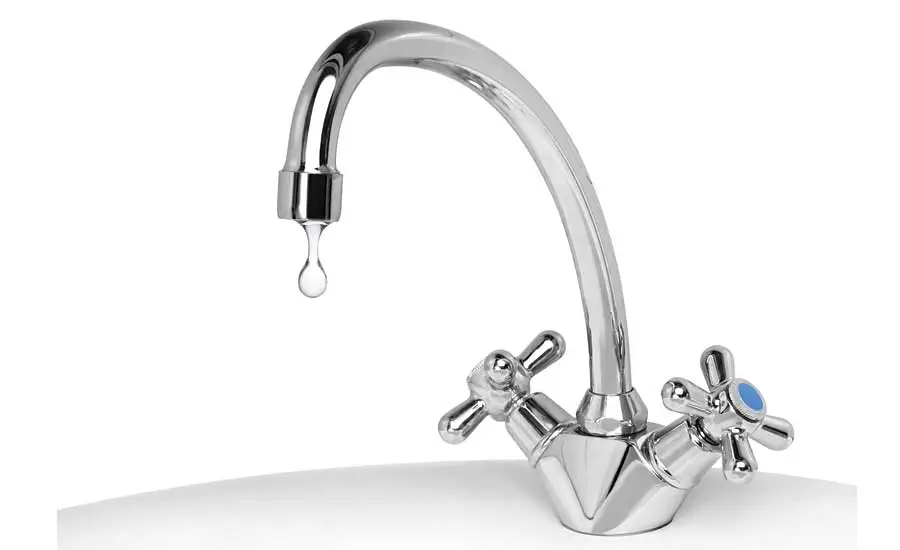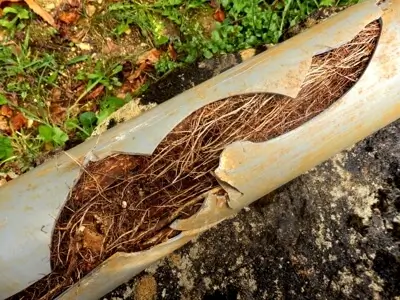Older homes might have classic heating systems (i.e., natural gas furnaces). However, a more current buildout typically features a new furnace system, such as an electric furnace. Both heating systems can generate quality heating and, with the right attachments, even sufficient cooling.
Depending on the building's surrounding environment, one might be better than the other.
- If electricity comes at greater energy costs in your area, a natural gas furnace might help you save on monthly utility costs.
- If you live somewhere electricity is naturally sourced, the electricity consumed to power your electric furnace may lead to long-term cost savings.
We will help you determine the right furnace for your home or business by comparing gas and electric furnaces.
Gas Furnace VS Electric Furnace
While both furnaces generate heat through combustion, their heating cycle doesn't go through the same process. An electric or gas furnace will have some of the same primary components to create, distribute, and sustain the heat in enclosed spaces. Still, each features a different heat exchanger. A natural gas furnace is typically more affordable to maintain and operate. However, an electric furnace can achieve your desired temperature using electric systems, which leads to fewer carbon monoxide emissions and cause fewer environmental impacts.
Let's talk about how a gas vs. electric furnace operates during a warmer climate and how each holds up against harsh winters.
Similarities
Both a gas or electric furnace:
- Cost several thousand dollars.
- Require ignition.
- Thermostat controls.
- You can hook it up to central air conditioning systems.
- Utilize ductwork for air distribution.
Differences
Still, gas units and electric furnaces vary in terms of:
- Utility and maintenance costs.
- Carbon monoxide emissions.
- Fuel input.
- Heat efficiency.
Gas Furnaces
A vast majority of residential homes in America feature a gas furnace. American homes typically feature the traditional furnace attached to an air conditioner serving as a heating and cooling system. While it is the original heat provider, it has undergone significant upgrades. Gas systems hold up against cold climates better and don't require any electricity to run. However, a leak in a gas line and its carbon monoxide emissions pose hazardous risks.
Gas heating is only possible with natural gas input and flame ignition with an avenue for distribution. Gas furnaces vary from one another, but their framework is essentially the same.
Parts of a Gas Furnace
Gas furnaces have pipes connected to your home's natural gas lines for fuel distribution. Natural gas flows through the gas line connection, making its way into the thermocouple within the pilot light (pilot flame).
Here are the usual step-by-step gas furnaces go through to produce your home's heating:
- Natural gas is sent to the pilot light (a small flame sitting at the tip of gas pipes)
- Gas flow is ignited to burn constantly.
- The constant burning of natural gas generates heat blowing through air ducts.
The flame constantly burns, but an automatic gas valve manages temperatures by adjusting gas flow. The release of gas flow is adjusted automatically according to your thermostat settings, and a thermoelectric flame sensor cuts off any surplus.
While a gas furnace doesn't require any electricity to run, it generates its own thermoelectricity. The thermocouple is the flame sensor within the pilot flame that can control both the gas and direct ignition valve—the voltage metal junctions power its automatic functions according to thermal readings.
Many of us still worry about the risks of carbon monoxide poisoning in opting for gas furnaces. However, a more modern gas furnace features a built-in carbon monoxide detector. If you have older installations of gas furnaces, you will have to buy separate carbon monoxide detectors for safety. Besides heating system malfunctions, a gas furnace can be an energy-efficient model to fulfill your home's heating needs, even against cold winters.
Gas Furnace: PROS
- Heat efficiency: HIGH
- Electrical costs: NONE
- Lifespan: 20 YEARS
Gas Furnace: CONS
- Direct environmental impact: HIGH
- Installation and maintenance costs: HIGH
- Upfront unit costs: HIGH
- Noise pollution: MODERATE
- Toxic emissions: MODERATE
Additionally, if your home doesn't have a gas line your gas furnace can tap into, you must spend extra on integrating a gas supply and its connections.
Electric Furnaces
Electric furnaces work with electric heaters powered by your home's power source. Observe another electric heating device in action to understand the electrical heating process of your furnace. Take a blow dryer, for example. It absorbs the surrounding air and takes it through a heat exchanger to produce heat out the other end. An electric furnace works much in the same way. Electric heating is more cost-effective because it only requires available resources to provide your home with sufficient heating. Integrating an electric furnace into your home won't require springing for extra lines, storage, and installation.
Parts of an Electric Furnace
Electric furnaces cost less than other furnaces but come with equally extensive inclusions. Like a gas furnace, an electric furnace requires a pilot light, thermocouple, heat exchanger, ductwork, and a thermostat.
An electric furnace typically goes through the same steps as any other furnace type, but most of its components are powered by electricity:
- The pilot flame is intermittently lit by an electric ignition powered by high-voltages produced by your home's electricity.
- A blower fan absorbs air into the heat exchanger.
- A small flame warms up the air supply to produce the hot air circulating within air ducts for even distribution.
Converting its input into viable heating output is more direct and doesn't involve any direct fuel consumption, leading to a 100% Annual Fuel Utilization Efficiency (AFUE). Still, an electric furnace faces more risks of energy loss, making it less cost-effective than a gas unit, as we initially think. Electric furnaces pose more risks for heat loss due to artificial combustion properties, which lead to more energy consumption and spikes in your energy costs. Its less heat efficient systems lead to more indirect fuel consumption using electricity instead of gas.
Besides facing no risks of carbon dioxide poisoning, the good news is they can still be energy-efficient. If your area sources its electrical power from more sustainable installations like solar panels, windmills, dams, and other natural resources, your electric furnaces are more affordable and environmentally friendly.
Electric Furnace: PROS
- Lifespan: 30 YEARS
- Direct environmental impact: LOW
- Installation and maintenance costs: MODERATE
- Upfront unit costs: MODERATE
- Noise pollution: LOW
- Toxic emissions: NONE
- Installation and maintenance costs: MODERATE
Electric Furnace: CONS
- Electrical costs: MODERATE to HIGH
- Heat efficiency: MODERATE
Additionally, your home won't have any heating during a power outage and might require a backup heating system for winter.
Energy Efficiency of Gas or Electric Furnace
Gas vs. electric furnaces in terms of energy efficiency is relative. Depending on various factors, a gas and electric furnace, working properly, may efficiently warm your home. As discussed, electric furnaces aren't always as efficient as advertised. An older model might not be as efficient as a new unit.
High-Efficiency Furnaces
High-efficiency furnace systems are more expensive, with higher upfront and operational costs. However, they will help you save money in the long run. You can tell if gas furnaces are more efficient based on their AFUE. Electric furnaces almost always come with a 99-100% AFUE rating, but we know that isn't always accurate because it only measures the fuel directly consumed by the furnace vs. your electricity. Gas furnaces with 95% ratings may be more efficient than electric furnaces with 99% ratings. These rating systems can be confusing because there are no measurements established to directly compare the output efficiency of either system to the other due to their varying input.
The Heating Seasonal Performance Factor (HSPF) is sometimes used to measure electrical furnaces. However, they are mostly used for electric heat pumps.
Energy efficient heating system
A heat pump is a stand-alone heating and cooling system considerably more efficient than furnaces. If they aren't already attached to furnaces, air conditioning systems may also have built-in heat pumps to facilitate temperatures.
A heat pump has two significant components:
- The outdoor unit absorbs the required input.
- The indoor air handler supplies the necessary output.
A heat pump may absorb heat from air, water, or soil, using an electrical power source to facilitate the generation and distribution of your home's heating. While this type of HVAC equipment is more innovative and sustainable, it can be just as inefficient without proper maintenance.
Proper Installation and Regular Maintenance of Gas and Electric Furnaces
If you suspect anything amiss with your furnaces, you shouldn't hesitate to call an HVAC professional. It would be best if you didn't wait until fall or winter before having your heating systems examined by professionals to avoid untimely breakdowns and repair costs. Remember, preventive maintenance is better than repairing compounded problems over time.
If you need reliable services today, count on Oregon's most trusted contractor!
Sunset Heating & Cooling Electrical
We may have been doing this for a hundred years, but our experts only use up-to-date tools and techniques! Call our team for urgent furnace repair and maintenance. We can also help you switch out your dated systems for more efficient ones with our affordable furnace replacement services.
Check out our list of services, including our extensive air conditioning service suite.







